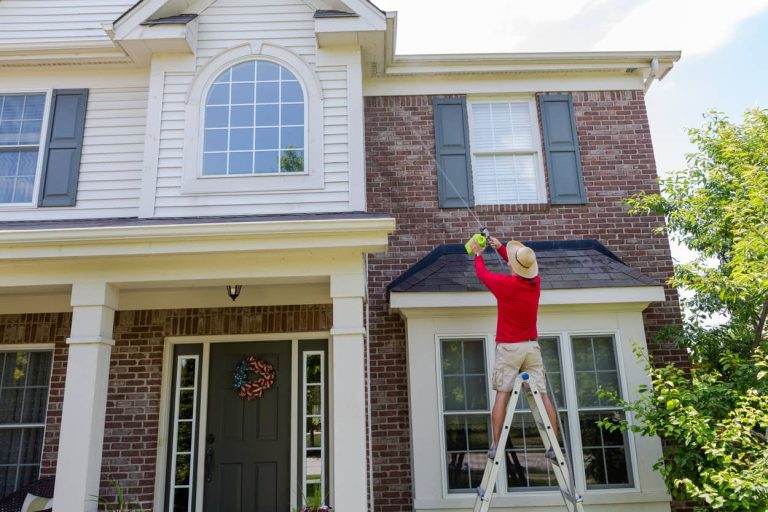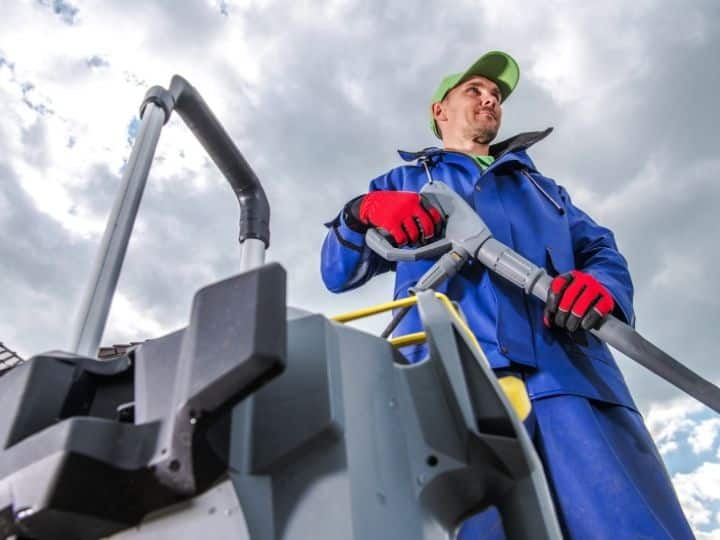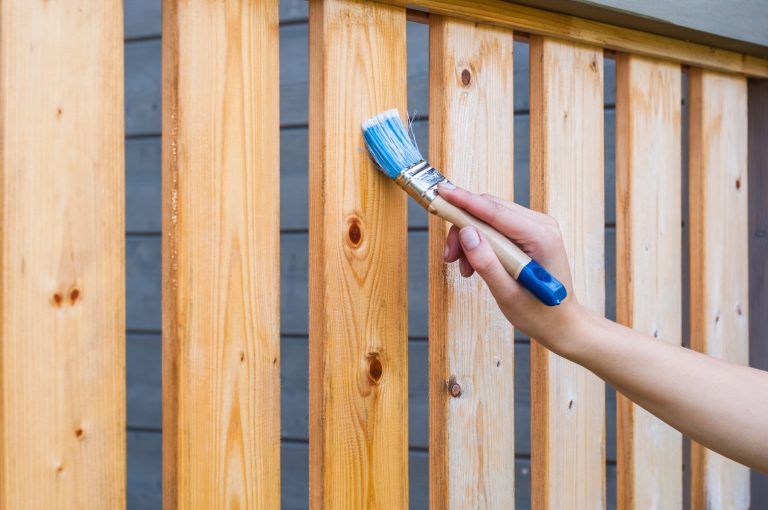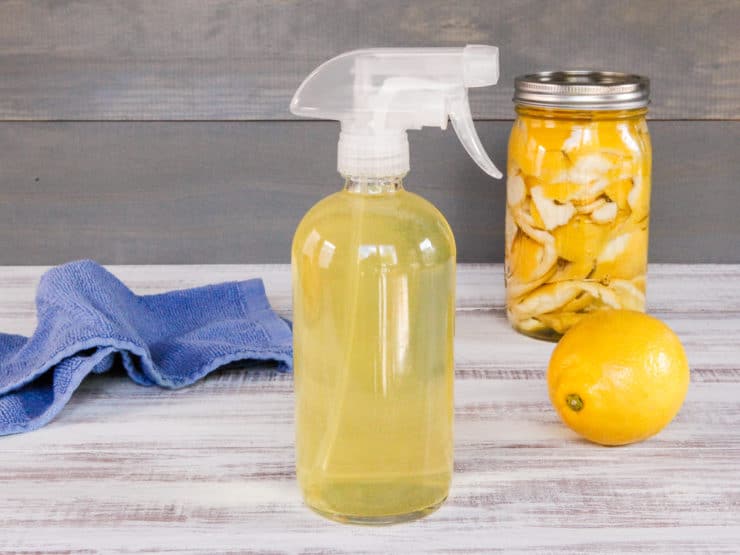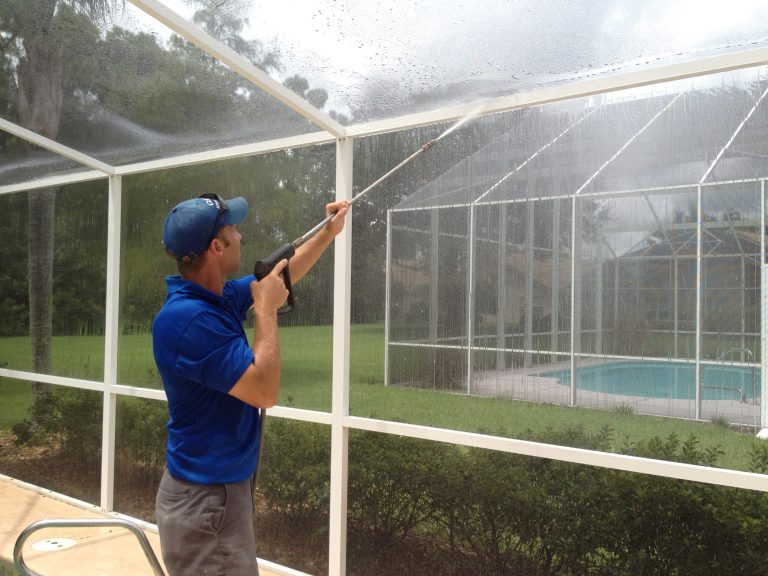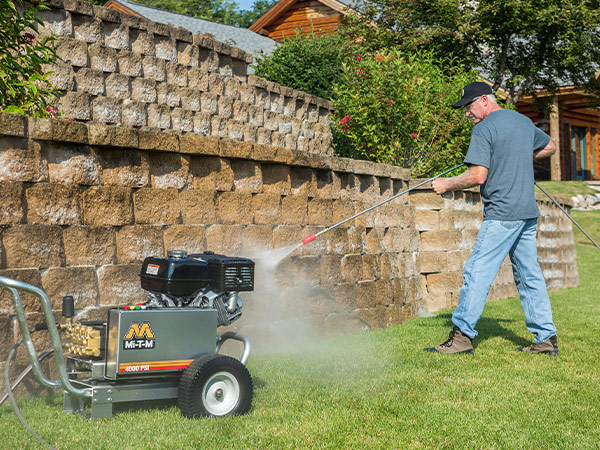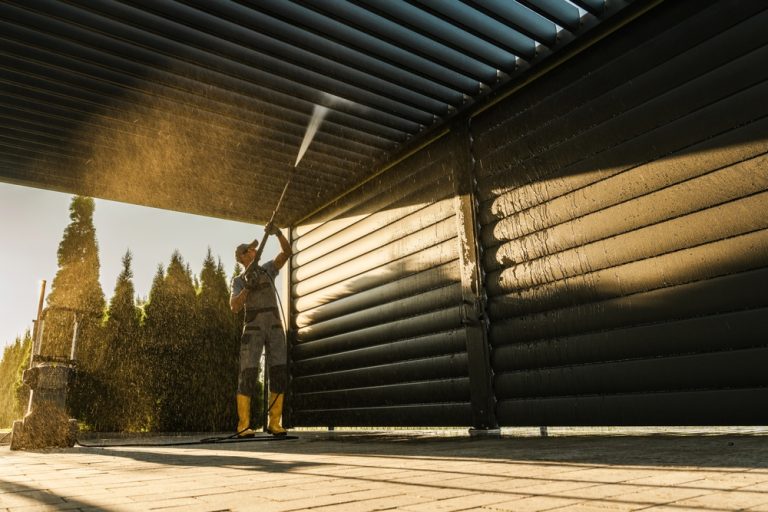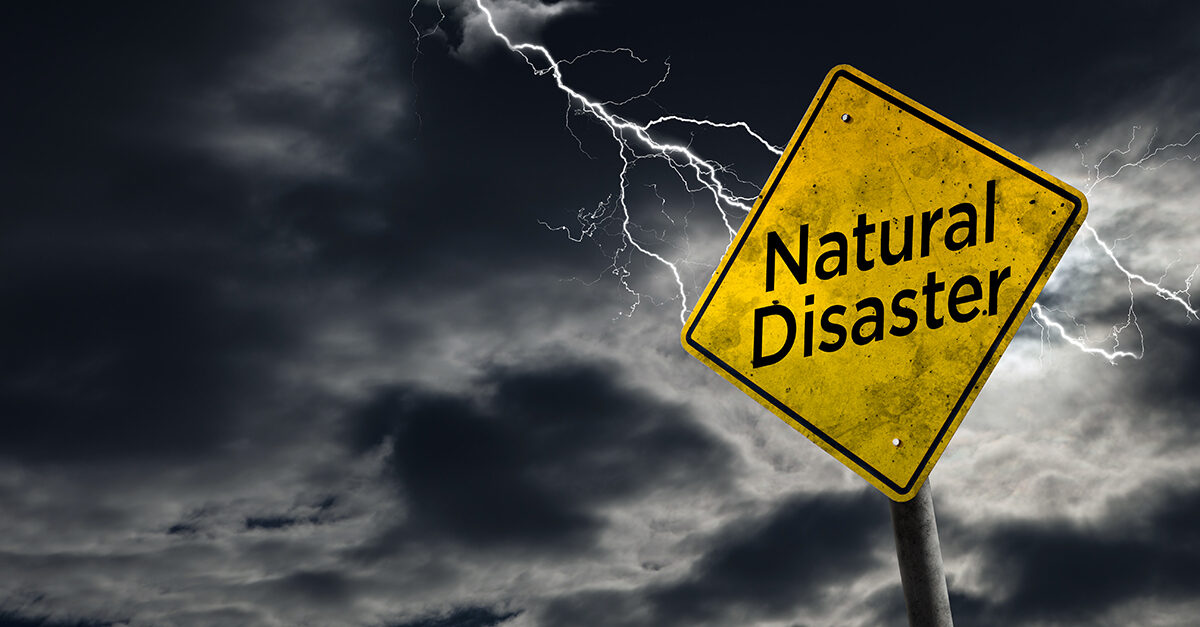
Natural disasters can wreak havoc on a home — and not just inside. Heavy rain, wind, flooding, and debris often leave behind layers of grime, mold, mud, and even hazardous residue on the exterior surfaces of your property. 🏚️🌧️
When the storm passes and cleanup begins, one of the most valuable services you can call in is a professional power washing company. They’re not just cosmetic — they help restore safety, cleanliness, and peace of mind. But hiring after a storm comes with its own unique challenges and considerations. Here’s everything you need to know. 🧽✅
⚠️ Why Post-Storm Power Washing Matters
Storms can leave more than just leaves and dirt behind. After a weather event, your home may be covered in:
- Mud and silt
- Algae or mold from moisture
- Tree sap and debris
- Rust stains from displaced metal
- Salt residue (especially in coastal areas)
- Oil, chemicals, or sewage from flooding
Many of these materials are not just unsightly — they can be harmful to your home’s surfaces and your health. Mold spores, in particular, love warm, damp areas like siding, decking, and roof eaves. 🦠
💧 A power washing service can help:
- Remove toxic buildup and allergens
- Prevent permanent staining or rot
- Improve safety by cleaning slippery surfaces
- Prep for insurance inspections or repairs
🧑🔧 What to Look for in a Post-Storm Power Washing Company
Hiring after a natural disaster isn’t quite the same as calling for a routine service. Here’s what to prioritize:
1. Emergency Availability
Can they come quickly? Many reputable companies offer emergency or expedited services during recovery periods.
2. Experience with Post-Storm Cleanup
Not all pros are trained to deal with flood mud or chemical runoff. Look for companies that mention storm cleanup or disaster restoration in their services.
3. Proper Equipment & Waste Handling
Some surfaces will need soft washing. Others may need high-pressure rinsing. Make sure they use the right tools — and that they dispose of wastewater safely. ⚙️💦
4. Licensed and Insured
Storm cleanup can be risky. Don’t hire a contractor without proof of insurance — especially if your property is still hazardous.
🧾 Document Everything for Insurance
If you’re making an insurance claim for storm damage, professional power washing may be covered — especially if mold, debris, or sewage cleanup is involved.
📸 Be sure to:
- Take “before” photos of all affected areas
- Keep your invoice and itemized services
- Get a written explanation of what was cleaned and why
Insurers want proof that your cleanup was necessary and professionally handled. A good company will help you provide this without any hassle.
🧼 What Areas Should Be Cleaned?
After a storm, you may be surprised at what needs washing. Common areas include:
- Siding and exterior walls: To remove mold, dirt, and debris
- Driveways and walkways: For safety and appearance
- Decks and patios: Often covered in slippery residue
- Roofs and gutters: Debris buildup can cause long-term damage
- Fences: Especially if they’re wood and absorb moisture
- Garage doors and windows: Usually stained with rain splash
🧽 Some companies even offer cleaning for:
- Outdoor furniture
- Pool decks
- Sheds and detached buildings
Don’t assume something is beyond help — power washing can be surprisingly effective! 💪
🚫 Be Careful with DIY After a Storm
It might be tempting to grab a pressure washer and start blasting mud off your house. But in storm recovery, DIY can sometimes do more harm than good.
Here’s why:
- Surfaces may be weakened or waterlogged
- Incorrect pressure can cause more damage
- You may spread hazardous materials (like sewage residue)
- You risk injury on slippery or unstable ground
🧠 Leave it to the pros — especially when dealing with unknown substances or large-scale cleaning.
📅 When to Schedule Service
The sooner, the better — but it depends on the severity of the damage. Here’s a basic guide:
- Within 1–3 days: For emergency cleanup (e.g., mud, sewage, safety issues)
- Within 1–2 weeks: For full property cleaning before repairs or insurance visits
- After roof or siding repairs: Once structural work is complete, washing helps finalize the process
🌤️ Schedule on a dry day so surfaces can be properly rinsed and dry without delay.
💰 What Does It Cost?
Post-disaster power washing can range depending on:
- Size of the area
- Type of debris/material
- Urgency of service
Typical costs range from:
- $150 to $400 for partial cleanups
- $500+ for full property storm restoration
- Higher if hazardous materials or mold remediation are involved
Always ask for a written estimate. Many contractors offer discounts or bundles during recovery periods — and some work directly with insurance.
✅ Final Thoughts
When a storm hits, the mess left behind can be overwhelming. But hiring a professional power washing service can help you regain a sense of control, comfort, and cleanliness — fast. 🧼🌤️
From restoring curb appeal to removing hazardous grime, the right team will treat your home with care and help it recover safely. Don’t wait for mold or stains to set in — act quickly, and choose a company experienced in post-disaster recovery.
💪 The storm may have left its mark — but with a little help, your home will shine again in no time.
